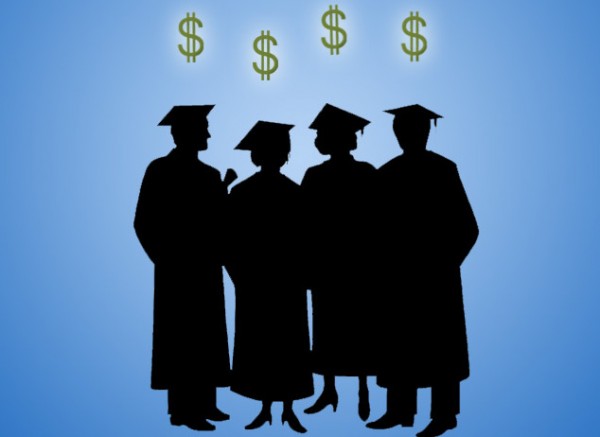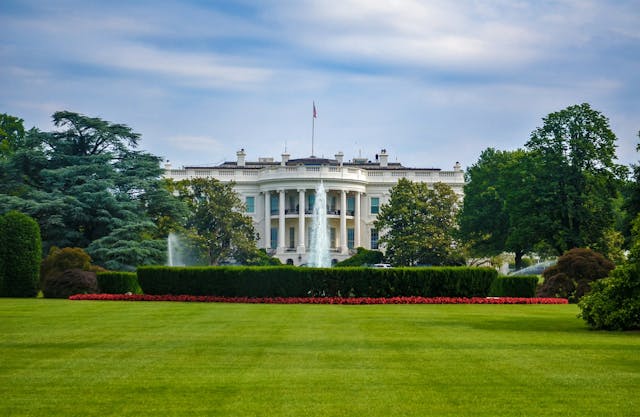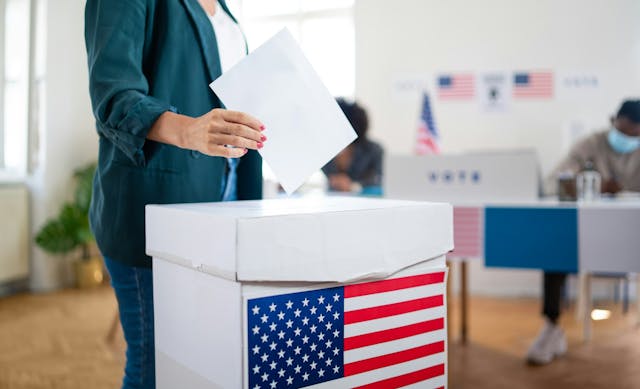For-Profit Colleges: Socrates Could Have Died Rich


Imagine a business model where the government lends people money to pay you for a service that you may or may not deliver effectively, and no matter what goes wrong, someone else has to pay the government back and you get to keep almost $32 billion a year.
Preposterous, you say! No, in the real world it’s called a for-profit college. Socrates could have died rich if he'd privatized his teaching.
“For-Profit College” – isn’t that on oxymoron? Not really, according to the Association of Private Sector Colleges and Universities (APSCU) in Washington, DC: who says "We are supplying a marketplace that has a growing need for skilled and trained workers in order to achieve 21st Century global competitiveness.”
That’s not easy to achieve with a drop-out rate as high as 66 per cent. This creates pressures on admissions officers to create an “enrollment churn,” trying to bring students in faster than they drop out. During 2008-2009, for example, Corinthian Colleges started with 71,246 students, then enrolled 120,638 more, but ended the period with an enrollment of only 89,479 students. No wonder Corinthian, with total revenues of $1.3 billion in 2009, spent almost a quarter of that on advertising and recruitment.
APSCU is a Washington lobbying organization with something like 1,900 members (the number varies on the APSCU website) who have two to three million students (the number varies on the website). The for-profit student market has reportedly more than tripled since 2000, when it was pegged at 500,000 people.
Even so, for-profit college students represent less than ten per cent of all U.S. students, but they are “elite” in the sense that they pay much, much more for their courses even though most of their credits aren’t transferable to more traditional colleges. For example, a radiography degree from a community college or state university might cost as much as $15,000, but would cost almost three times as much from a for-profit business like Kaplan University, which is owned by and to a great extent financially supports the Washington Post. The Post paid the resigning head of Kaplan $76 million in January 2012.
The sweet part is that for-profit college graduates and drop-outs alike have more than twice as much debt on average as traditional college students. They’ve borrowed money from the government to pay their for-profit colleges for whatever education they got. Even though their unemployment rates are higher than traditional college students, and even though their employment is less well paid, they are responsible for paying back those loans. Not surprisingly, their default rate is high. No matter what else happens, the for-profit colleges get to keep the money.
For-profit education has been with us for decades, and early on these colleges could collect 100% of their income from government grants and loans. An early federal government response was to limit for-college revenues to only 85% government largesse, with the balance coming from other sources. Under George W. Bush, the for-profit margin of government revenue was raised to 90%, where it is today.
But there’s a loophole, and it’s sweet. That ten per cent non-government money can be loans from the for-profit colleges themselves. If students default on those loans, the for-profit colleges can take the hit, like a ten per cent discount, because the government’s 90% is such a huge cushion. Periodically, Congress gets aroused by this situation, such as the July 30 report by the Senate education committee’s Democratic staff, but so far there has been little change in the for-profit colleges’ government grant-mining operation.
The money continues to flow from the government to the students to the colleges, while the bill stops with the students. And who are these students? They’re often poor, of course, and a lot of them are veterans, and they are disproportionately African-American, Latino, or some other minority.
Because of corporate privacy and effective lobbying, the full picture of this transfer of wealth from the government to the wealthy, by way of the poor, is hard to pin down. The anecdotal evidence is horrifying and there is little reason to assume that most of the students who experience for-profit education are any better off than they would have been without it. And a large minority, at least, has gained little but debt.
But this is a variation on the paradigm of Bain Capital, is it not? Acquire an entity or student, load it up with debt, pocket the money, and move on.
Not surprisingly, Mitt Romney has gone on record in support of for-profit colleges, arguing with a straight face that they help “hold down the cost of education.” Romney has frequently praised Full Sail University in Florida, even though the Dept. of Education says it’s one of the most expensive colleges in America. The chief executive of Full Sail is a major donor to the Romney campaign.
You might have thought that “free market conservative” sorts of people would be up in arms about this welfare for the rich program. You might even think traditional conservatives would consider for-profit colleges the bane of traditional education. Or you might not.



